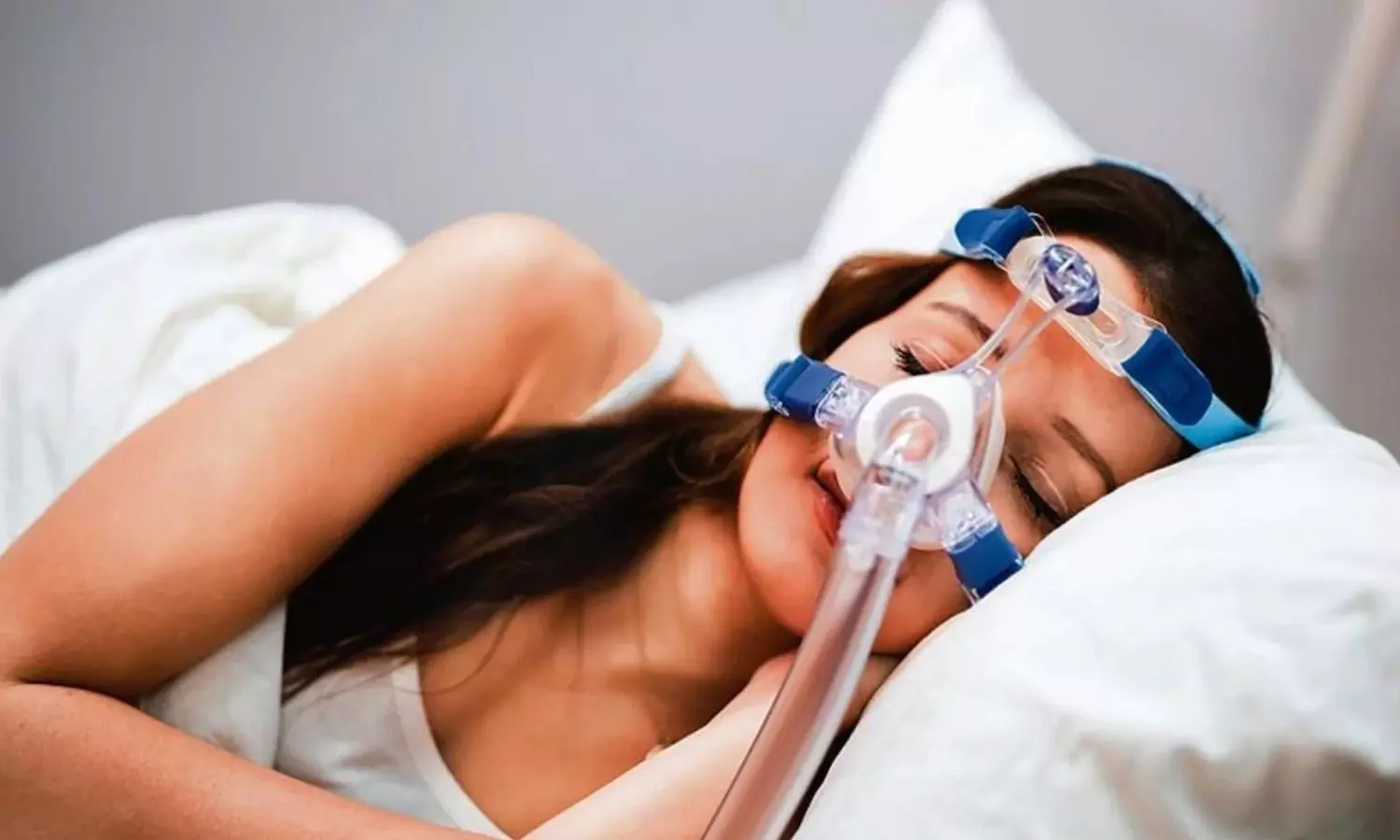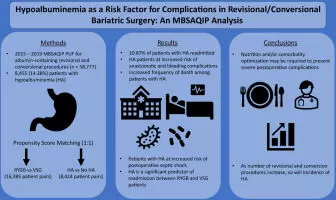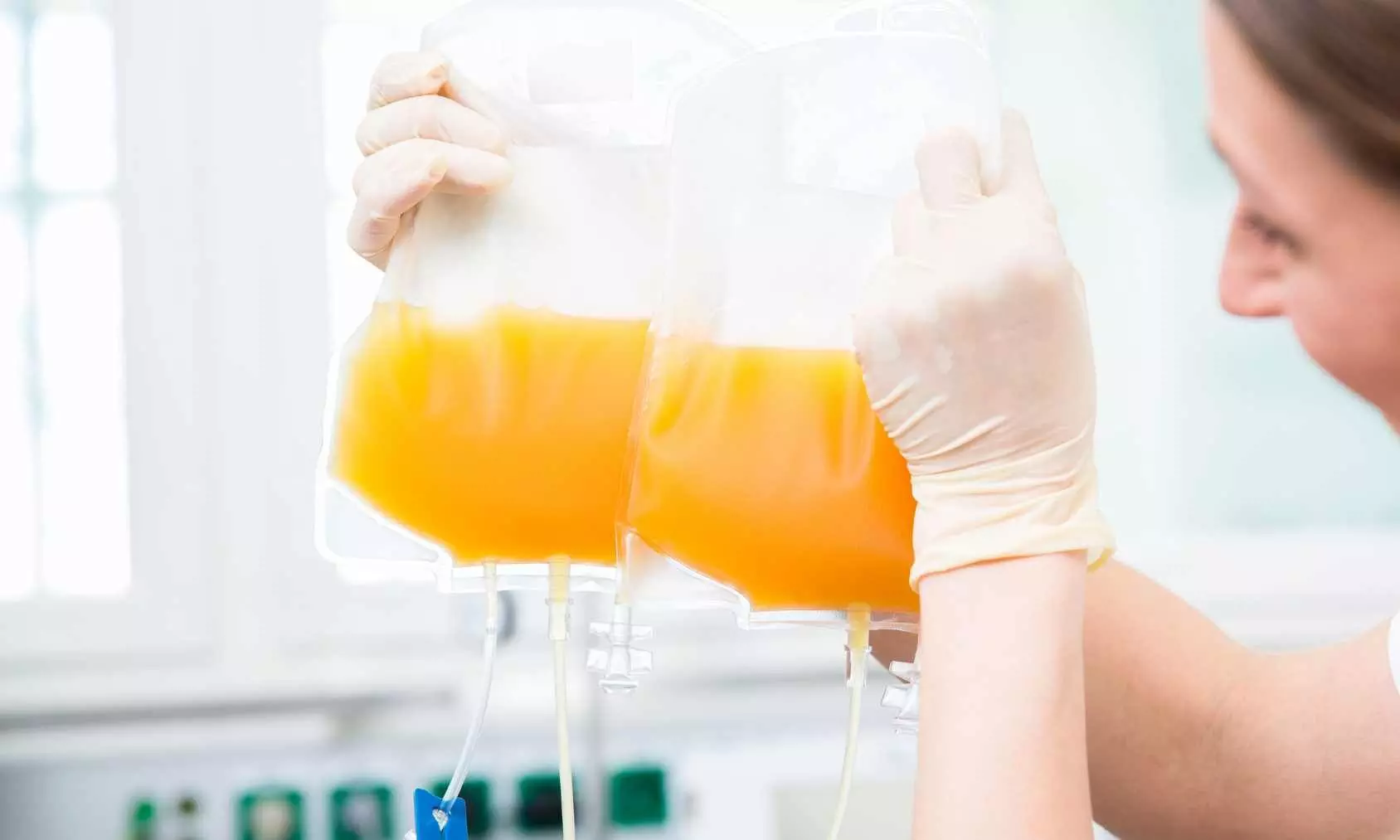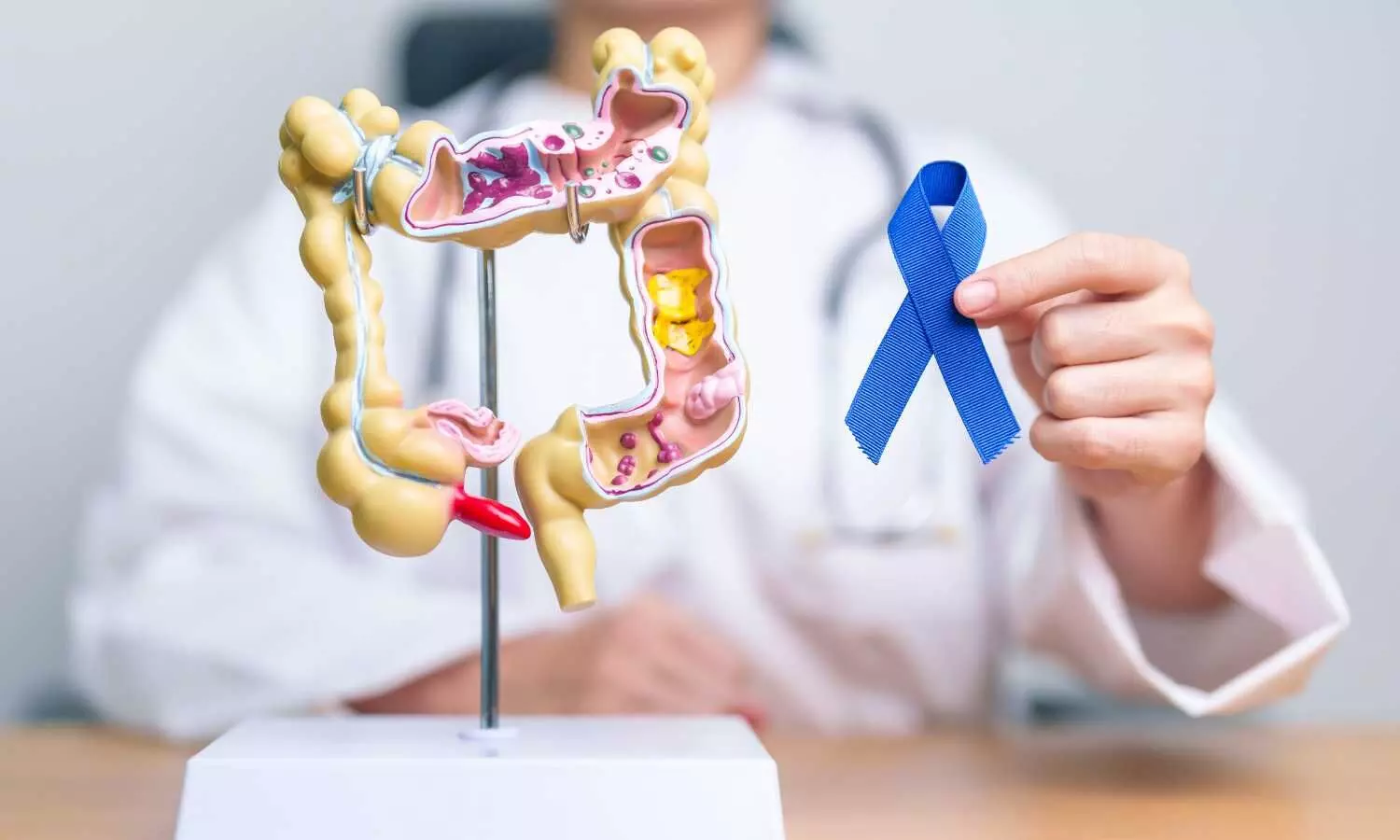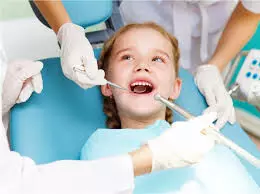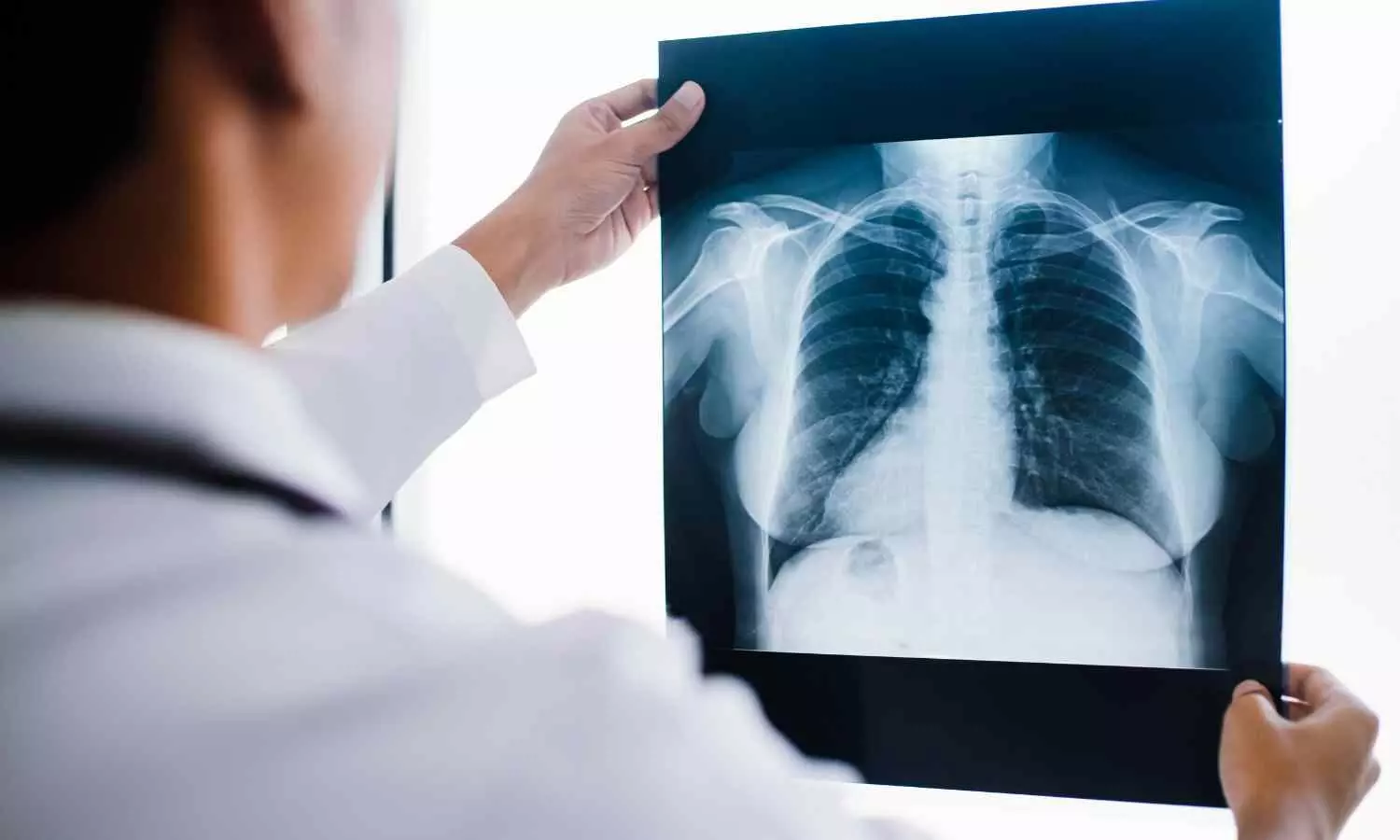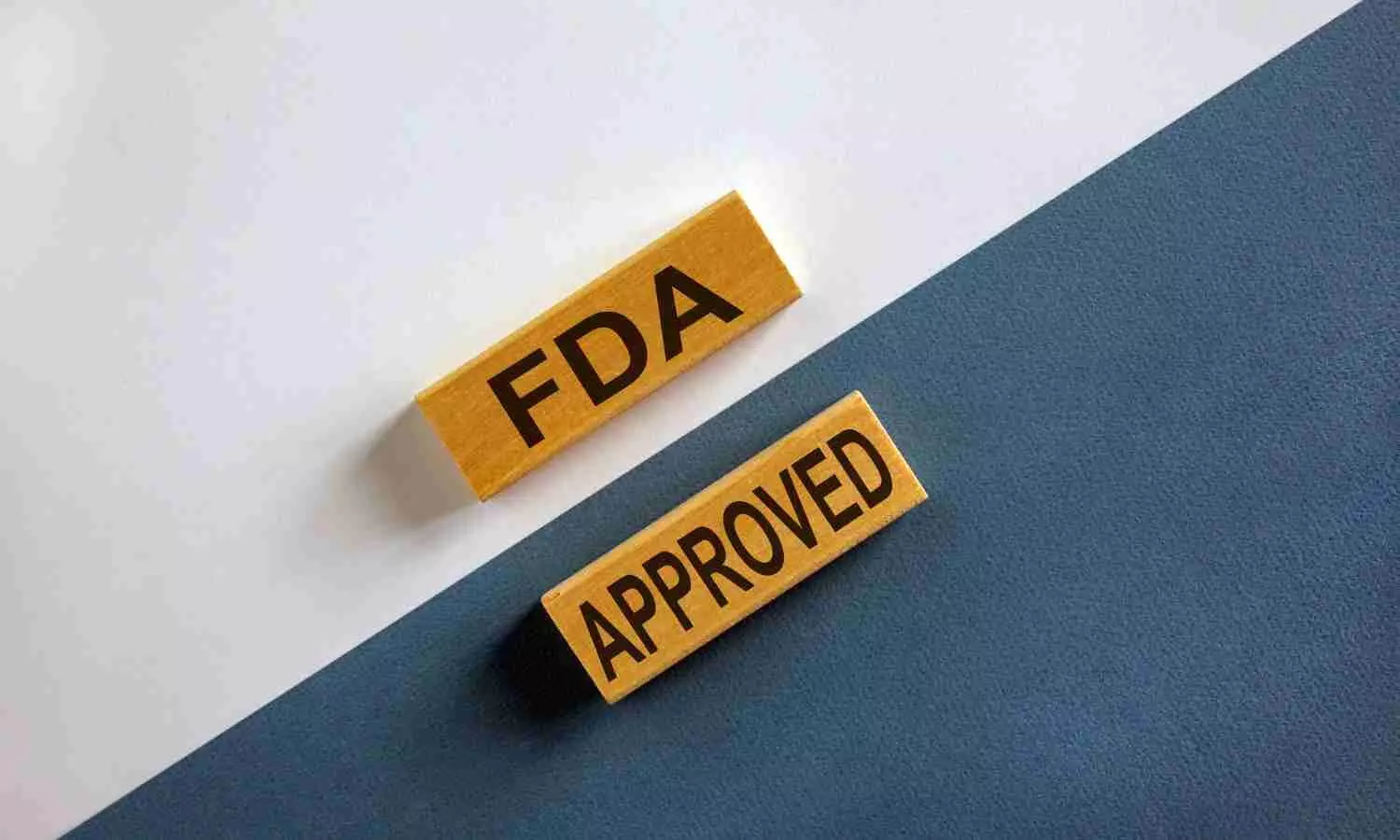
The U.S. Food and Drug Administration (FDA) has approved prademagene zamikeracel (Zevaskyn) for the treatment of blistering wounds caused by recessive dystrophic epidermolysis bullosa (RDEB) in both adults and children, according to an announcement by Abeona Therapeutics.
There is no cure for RDEB and ZEVASKYN is the only FDA-approved product to treat RDEB wounds with a single application.
“Today’s approval of ZEVASKYN represents a pivotal moment in the treatment of RDEB, answering the call of people living with the clinical, economic, and human impact of this devastating disease,” said Vish Seshadri, Ph.D., M.B.A., Chief Executive Officer of Abeona. “We have heard from the RDEB community that there is a persistent unmet need to reliably address RDEB wounds, especially those that are chronic and prone to infection. Through a single surgical application, ZEVASKYN can now offer people with RDEB the opportunity for wound healing and pain reduction in even the most severe wounds, as evidenced by the results from our pivotal Phase 3 study.”
First-of-its-kind gene therapy with robust body of clinical evidence
The FDA approval of ZEVASKYN is based on the pivotal Phase 3 VIITAL™ study (NCT04227106), a multi-center, randomized, intrapatient-controlled trial that met its two co-primary efficacy endpoints demonstrating statistically significant healing of 50 percent or more from baseline in large chronic RDEB wounds, and pain reduction from baseline as assessed by the Wong-Baker FACES scale, as evaluated at six months after treatment.
Across 43 large and chronic wounds treated with a single application of ZEVASKYN, 81 percent of wounds showed 50 percent or more healing (P<0.0001) as evaluated at six months, compared to 16 percent in 43 matched control wounds treated with standard of care. The most common adverse events were observed in fewer than five percent of patients and included procedural pain and itch.
“ZEVASKYN was well-tolerated and efficacious in clinical studies, providing clinically meaningful improvements in wound healing, pain reduction, and other associated symptoms in large chronic RDEB wounds after a single application,” said Jean Tang, M.D., Ph.D., professor of dermatology and lead principal investigator of the VIITAL™ study. “In the completed Phase 1/2a study of ZEVASKYN, we have observed wound healing and pain reduction that have lasted for years after a single application. Today we can celebrate the availability of an exciting new therapeutic option made possible by the incredible courage of patients and families who participated in these clinical studies.”
In the Phase 1/2a study of ZEVASKYN (NCT01263379), a single center, open label study in 38 chronic wounds across 7 patients showed that a single surgical application of ZEVASKYN was associated with long-term improvement at treated sites over a median follow-up of 6.9 years; range 4 to 8 years.
“After many years of work, it is great to see this FDA approval of ZEVASKYN. The EB patients deserve all that we can do for them,” said M. Peter Marinkovich, M.D., associate professor of dermatology and co-principal investigator of the VIITAL™ study.
“Based on the strength of our data across clinical trials, we are confident in ZEVASKYN’s ability to deliver long-term results after a single treatment application,” said Madhav Vasanthavada, Ph.D., M.B.A., Chief Commercial Officer of Abeona. “We are committed to working closely with both commercial and government payers on outcome-based agreements that stand behind the promise of ZEVASKYN for patients, and expedite access.”
Across both clinical studies, ZEVASKYN was well-tolerated with no treatment-related serious adverse events observed to date.
Anna L. Bruckner, MD, Co-Director of the EB Clinic at Children’s Hospital of Colorado and Professor of Dermatology, University of Colorado School of Medicine, said, “The FDA approval of ZEVASKYN marks a monumental step forward for individuals living with RDEB and their families, offering a much-needed, long-lasting treatment option for this devastating condition and providing hope for improved quality of life for these patients.”
Amy Paller, M.D., pediatric dermatologist and clinical researcher, said, “Grafting gene-corrected skin onto chronically open wounds of patients with recessive dystrophic epidermolysis bullosa promises the potential to provide long-term healing of wounds, reduction in pain and reduced risk of infection. This therapeutic option will nicely complement recently approved topical products.”
Dr. Seshadri added, “We are grateful to the patients, their families, and caregivers for their support of ZEVASKYN. We express our gratitude to debra of America for their unwavering support throughout the development journey, in particular, for their interactions with the FDA in support of ZEVASKYN and on behalf of the EB community that have helped make today’s regulatory approval possible. We are also thankful for the clinical study investigators, study site personnel, and the entire Abeona team for their collective commitment and determination through the development process, and contribution to this milestone achievement. We look forward to providing the RDEB community access to now-approved ZEVASKYN.”
Addressing the underlying cause of RDEB
With mutations in both copies of the COL7A1 gene that expresses Type VII collagen, people with RDEB have extremely fragile skin characterized by extensive blistering and severe wounds that often cover more than 30 percent of a patient’s body surface, and in some cases up to 80 percent. RDEB wounds cause debilitating pain and systemic complications impacting the length and quality of life. These wounds are difficult to heal, can remain open for years, and many that do close tend to reopen.
ZEVASKYN consists of a patient’s own skin cells (keratinocytes) that have been genetically modified, to produce functional Type VII collagen. ZEVASKYN sheets are surgically applied to the patient’s wounded areas. In a single application of ZEVASKYN, up to 12 credit card-sized sheets can be joined together to cover large areas or applied to multiple distinct wounds, allowing for signficant coverage of affected body areas.
Brett Kopelan, M.A., Executive Director of debra of America, the only national advocacy organization that provides all-inclusive care to the epidermolysis bullosa community, and father to Rafi, a teenager with RDEB, said, “I, and the team at debra of America, are very excited about the FDA’s approval of ZEVASKYN. Given that this therapeutic product addresses even the largest, most difficult, and problematic chronic wounds, we believe that the application of ZEVASKYN can significantly increase the quality of life of patients. Furthermore, I believe ZEVASKYN has the potential to transform the day-to-day standard of care for patients who suffer with these large chronic nonhealing wounds that cause significant pain and stress not only for the patient, but also for their caregivers. We are honored to have formed such a close relationship with Abeona over the years and look forward to deepening our partnership by helping ensure there is broad access for the patient population to ZEVASKYN, which I know is their ultimate goal.”
Michael Hund, M.B.A., Chief Executive Officer of EB Research Partnership (EBRP), the largest global organization dedicated to funding research to treat and cure epidermolysis bullosa (EB), said, “The mission of EBRP is to advance commercially sustainable research aimed at treating and ultimately curing EB. We are honored to partner with the entire Abeona team and commend their leadership, determination, and passion to deliver much needed innovative solutions for individuals and their families living with EB. They continue to share our values and commitment to accelerate treatments to the EB community as quickly as possible. Abeona’s development and advancement of ZEVASKYN delivers a landmark moment for the global EB community, and their leadership in gene therapy holds so much promise to innovate the therapeutic landscape for not only EB, but many other rare diseases and conditions. EBRP is looking forward to collaborating with Abeona to continue to support the EB community.”
ZEVASKYN availability in the third quarter of 2025
ZEVASKYN is expected to be available beginning in the third quarter of 2025 through ZEVASKYN Qualified Treatment Centers (QTCs). The QTCs are well-recognized epidermolysis bullosa treatment centers with cell and gene therapy experience, situated across the U.S. to ensure patients nationwide have access to this important treatment.
Abeona’s comprehensive patient support program, Abeona Assist™, offers personalized support, including helping patients understand their insurance benefits and financial assistance options, and providing travel and logistical assistance for eligible patients.
“We are grateful to the dedicated scientists whose work over the past decade made the development of ZEVASKYN possible,” said Marissa Perman, MD, Section Chief of Dermatology and Director of the Epidermolysis Bullosa Multidisciplinary Clinic at Children’s Hospital of Philadelphia and paid consultant to Abeona. “Having a new, uniquely differentiated, gene therapy for our patients with RDEB is a significant milestone in helping these special patients live fuller, pain-free and itch-free lives with less wounds. As a physician caring for patients with RDEB, I look forward to the opportunity to see this treatment in our practice.”
Joyce Teng, MD, PhD, professor in dermatology with multiple hospital affiliations, said, “I’m thrilled to celebrate a groundbreaking advancement in therapeutic development for recessive dystrophic EB, a condition that has long needed an innovative solution. ZEVASKYN offers additional hope for patients and families affected by this painful and devastating skin disorder. This milestone is a testament to the dedication of scientists, researchers and medical professionals who have worked tirelessly to bring cutting edge treatments to those in need. It represents a scientific triumph, a profound step toward improving quality of life for individuals affected. We look forward to seeing the impact that this therapy will have on so many lives.”
In connection with the FDA approval, Abeona received a Rare Pediatric Disease Priority Review Voucher (PRV). The Company plans to monetize the PRV.
About Recessive Dystrophic Epidermolysis Bullosa
Recessive dystrophic epidermolysis bullosa (RDEB), a rare connective tissue disorder without a cure, is characterized by severe skin wounds that cause pain and can lead to systemic complications impacting the length and quality of life. People with RDEB have a defect in both copies of the COL7A1 gene, leaving them unable to produce functioning type VII collagen, which is necessary to anchor the dermal and epidermal layers of the skin.
About ZEVASKYN™ (prademagene zamikeracel) gene-modified cellular sheets or pz-cel
ZEVASKYN is the first and only autologous cell sheet-based gene therapy for the treatment of wounds in adult and pediatric patients with recessive dystrophic epidermolysis bullosa (RDEB). RDEB is a severe skin disease caused by a defect in both copies of the COL7A1 gene resulting in the inability to produce functional type VII collagen. Without functional type VII collagen and anchoring fibrils, the skin is fragile and blisters easily, leading to wounds that continually open and close, or fail to heal altogether. Patients often have large open wounds that are at a high risk of systemic infection. ZEVASKYN incorporates the functional type VII collagen-producing COL7A1 gene into a patient’s own skin cells, ex vivo, using a replication-incompetent retroviral vector to produce functional type VII collagen in treated wounds. ZEVASKYN has demonstrated clinically meaningful wound healing and pain reduction with a single surgical application.
